Hand Positioning
Table of Contents
Intro
This guide contains demonstrations of hand positions and techniques to hit common patterns. SDVX is a very dynamic game that requires you to move your hands (and sometimes body) away from what is commonly referred to as “standard” or “static” position.
Note that these demonstrations are for common patterns only. In the case that a pattern you are looking for is missing, it is recommended to search YouTube for a gameplay video that includes a handcam.
Standard/Static Position

This is the default position you will find yourself in, where finger(s) stay over a single button. Playing a pattern standard/static means your hands do not move from this position. Most of the time this is okay, but for patterns such as chords or jacks they can be too fast to hit accurately without specific techniques.
Positioning
One-hand Double FX
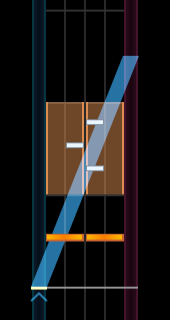
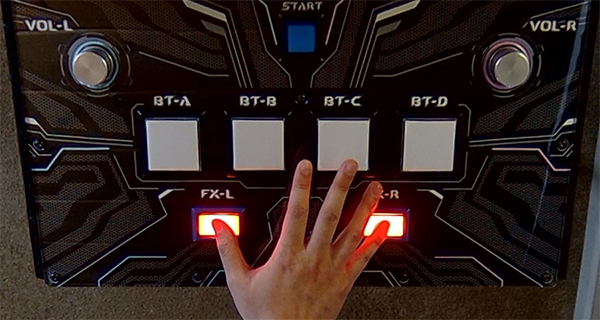
Use your thumb and pinky finger to ensure you can reach any incoming BT-B / BT-C.
Poor Technique
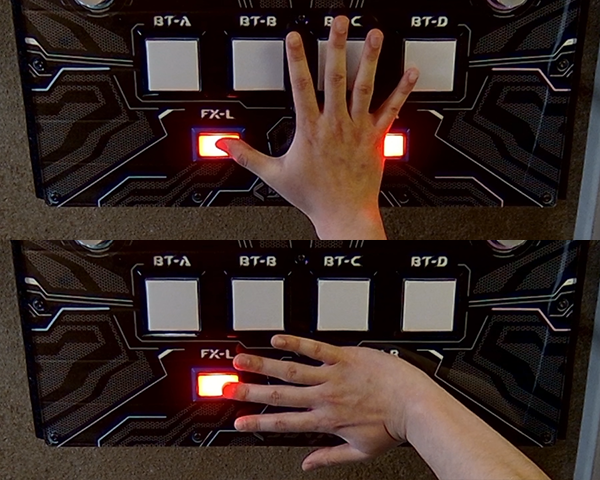
Using the side of your palm makes it harder to accurately use your other fingers if needed. Turning your hand sideways prevents you from pressing other buttons completely.
One-hand Split BT


Use either your index and pinky finger or turn your hand outwards to use your thumb and middle/ring finger. The latter may be more comfortable if your hands are small.
One-hand Triple BT
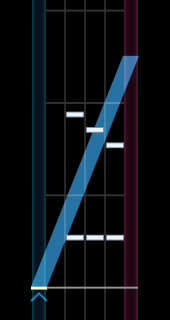
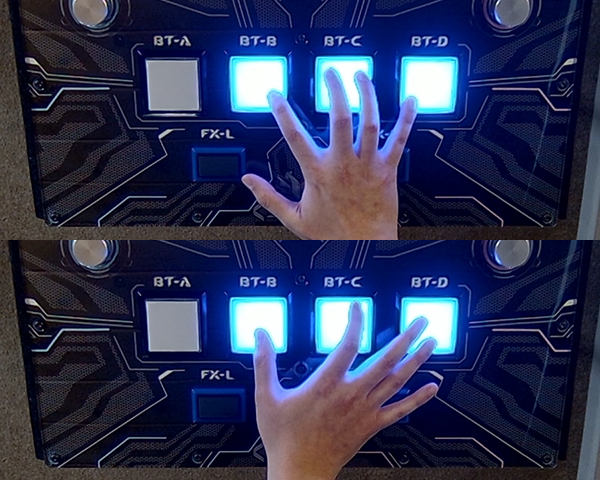
This position applies to both triple BT chords and stairs. Similar to split chords, include your middle/ring or index fingers.
Another position you might see is using your entire hand:

Techniques
Chords
The key to properly hitting chord jacks and stairs is to release/raise one hand as fast as possible and not to rush to hit with the other hand. This prevents errors from attempting to press a button down that has not yet been released.
Chord Jacks
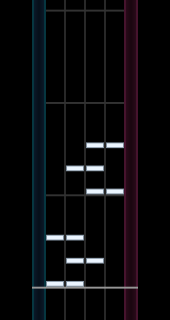
Move one hand inwards and then alternate.
Chord Stairs
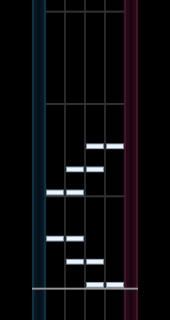
One of your hands will be responsible for two chords and this can be played 2 ways:
- Hit the middle chord by moving the first hand inwards
- Hit the middle chord by moving the second hand outwards from the middle
Static Position
Playing chord stairs without moving your hands is referred to as playing them standard/static. Since each hand is responsible for pressing one button twice, it becomes too difficult to hit on-time if the stair is fast.
Hamburgers
Use one thumb under the other hand or adjust your upper body to reach one hand over the other and then alternate.
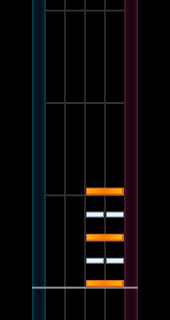
Hand-blading
This refers to turning knobs with an open hand. Not recommended as it is poor technique (you can quickly run out of room to turn long lasers) and excessive sideways force can damage the knobs.
Jacks
The key to properly hitting jacks is to release/raise one hand as fast as possible and not to rush to hit with the other hand. This prevents errors from attempting to press a button down that has not yet been released.

Alternate your hands.
Alternating Fingers
An uncommon but viable technique is to quickly alternate your fingers instead of hands on a single button. Movement in the video has been exaggerated for clarity.
Static Position
Hitting jacks without alternating hands is referred to as playing jacks standard/static. It becomes too difficult to hit on-time if the jack is too fast.
Turning Long Lasers
To ensure you do not drop lasers during long turns, alternate between pulling/pushing the knob along with your fingers and and then pushing/pulling with your thumb.
This technique can also be done with your hand over the knob instead of to the side.
Poor Technique
Turning knobs this way can result in dropped inputs as your hand leaves the knob or running out of room.
Vertical Trills

Rotate your hand slightly outwards and focus on rocking your wrists.
Advanced Techniques
These advanced techniques can be used in high level charts (18+) where relatively simple patterns to hit static can become difficult due to increased speed or density. Movements in the videos have been exaggerated for clarity.
Chords and Trills with Double FX
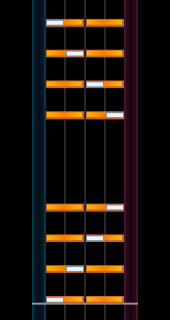
Adjust your upper body to reach one hand over the other. You can also use your thumb and ring for double FX to ensure your hand is out of the way.
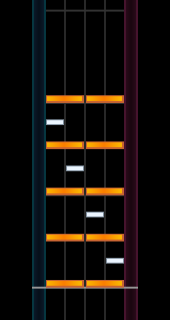
Alternatively, hit the double FX with your index and pinky fingers and let your hands overlap.
Fast Chord Jacks
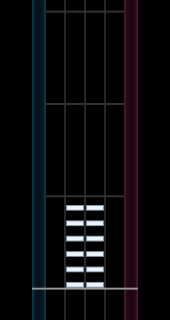
Adjust your upper body to reach one hand over the other and then alternate.
Fast Stairs
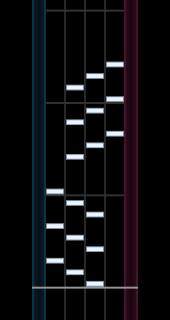
To avoid one hand performing potentially uncomfortable outward movements, move the other hand inwards instead.
For chording fast stairs, it can be easier to time by chording outwards, as Mini discusses in his note.

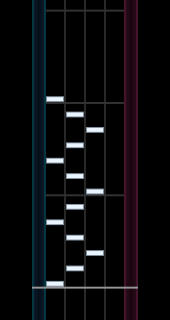
To avoid an uneven amount of effort between both hands (shown above, your left hand would normally play AB while your right only plays C), split up the effort evenly by moving one hand inwards.
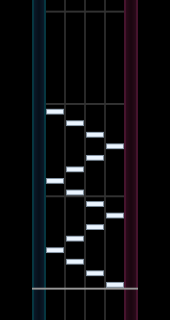
To avoid playing fast triplets on each hand, play the pattern as one-hand triple BT stairs.
Fast Trills
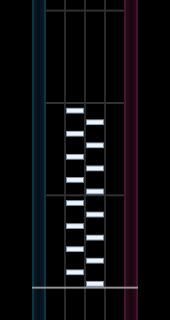
Adjust your body to reach one hand over the other and alternate them every 2 buttons.
Thumbing
This refers to turning knobs and pressing buttons at the same time. Can be done in situations where one-hand patterns become too complex.

Reaching up from an FX hold to hit a slam or turn a laser in one direction can also be considered thumbing. This technique may be limited by the size of your hands.